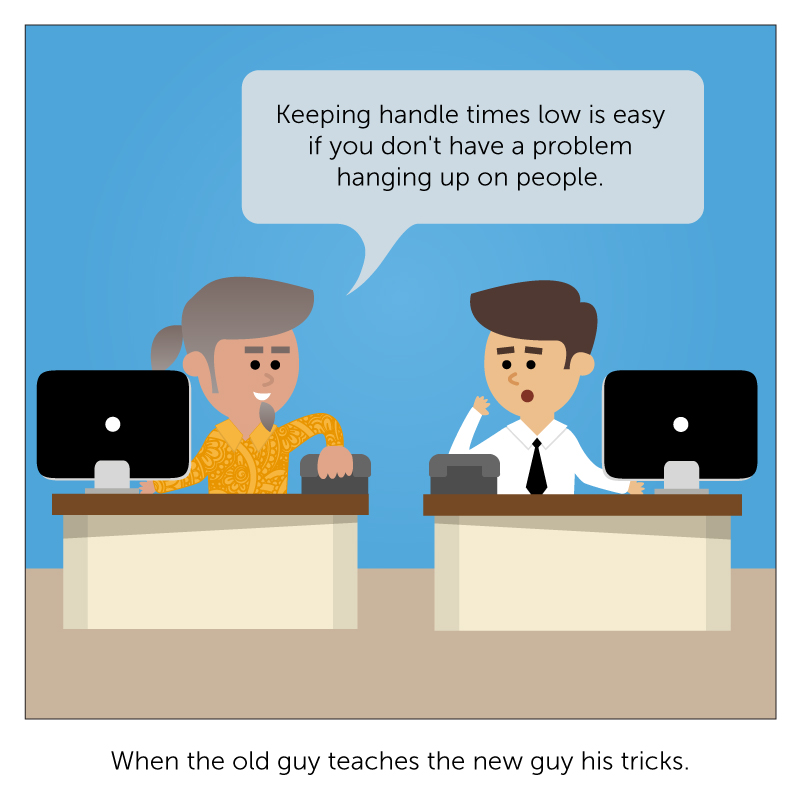This week, we’re going to continue our series of tutorials on the BroadSoft CC-One Salesforce Edition – this time focusing on how to configure call flows and routing strategies, which are essential to a streamlined customer experience.
As always, when getting started, administrators must first log into Salesforce using their credentials. From there, they have full access to configure the BroadSoft CC-One Salesforce Edition components.
By navigating to the Control Script tab under the Routing Strategies menu of the Call Center App, the administrator can define an IVR Call flow. On the left side of call flow editor, administrators can access a menu of control blocks, which are used to design the call routing strategy. These Control block components allow the user to create a call flow that includes playing of voice prompts to the caller and collecting digits. The control block also includes functionality that can be used to make decisions for routing to call to an appropriate Queue or Entry Point based on the caller entered parameters, call associated data, and/or by querying an external system or database. The objective of the call flow is to route the caller to the most appropriate agent or action. We’ll talk more about how the user can leverage the call flow builder to accomplish this in just a moment.
One of the first elements that can be defined for the caller is the ‘Menu’ control block. As part of the menu control block, the user can be played an audio recording and prompted to enter information such as the reason for their call. The menu block can use the information entered by the caller to categorize the call into sub-segments. Each of the sub-segments can have its own path/decision tree in terms of how the call is handled from there on. Examples of such menu block including prompts such as ‘Press 1 for English or 2 for Spanish’, or ‘Press 1 if you are calling for an existing case, or 2 if you are calling to report a new issue’. The menu block and some of the other control blocks include error handling functionality where the user can define how the call should be treated if the caller enters an invalid entry, including any information not within the defined timeout. Here the user can use the counter menu block which counts the number of times the caller has entered an invalid value. The call flow can be created so that the call is sent to an agent (or even ended) if the caller does not enter a valid entry even after a specified number of attempts.
As administrators configure the flow for callers, they have the ability to assign different media files to the various stages within the call flow. This will control the messages that callers hear. These files can be easily dragged and dropped into the call flow.
Call routes are structured by adding entry points and queues alongside these different options within the control block menu selection, which all work to define the paths for each caller.
In addition, administrators are also able to incorporate validation queries to external API’s and databases, such as Salesforce. An example or use case of this functionality is prompting the user to enter their account number and then querying the Salesforce database to check if that user has been categorized as a Platinum or Gold user. The decision menu block can be leveraged to check the value of the return value from Salesforce and the platinum callers can then be given preferential treatment by routing their call to a high priority queue.
BroadSoft CC-One Salesforce Edition allows administrators to accomplish all of these actions simply by dragging and dropping these options into a graphical user interface, which ultimately resembles the routing strategy.
Learn more about the CC-One call center app for Salesforce.







